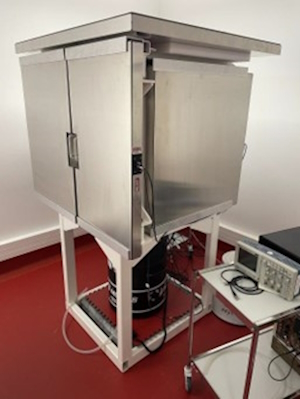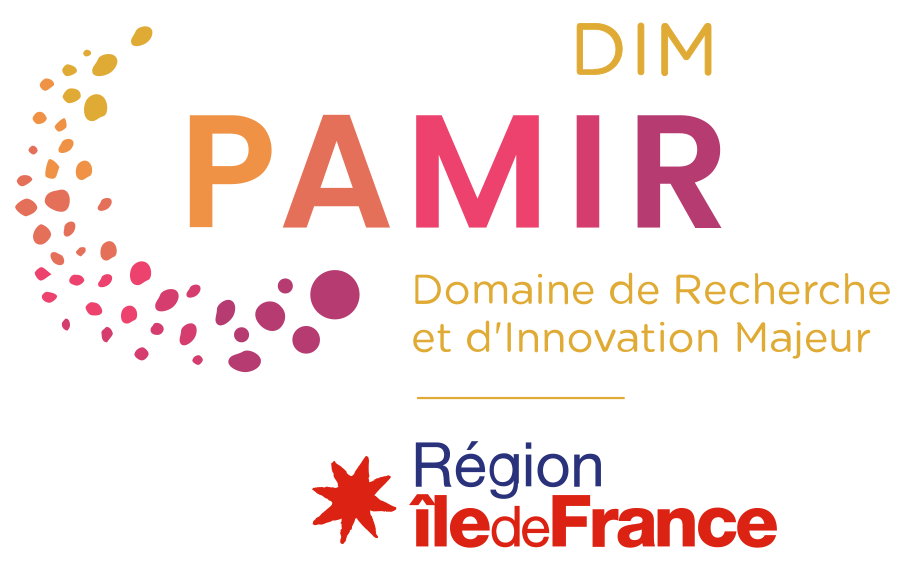
GAMMAP
Very-low background GAMMA spectrometry detector for the analysis of ancient and environmental Patrimonial samples
Scientific responsibility :
- Olivier Evrard
Methodological axes :
Thematic fields :
Disciplinary sectors :
Partnership :
Funding :
- DIM PAMIR
- LSCE
- IR REGEF
Project ID : IDF-DIM-PAMIR-2025-1-003
Summary :
The GAMMAP project aims to acquire a latest-generation detector dedicated to very low background gamma spectrometry detector. This technique can be used to analyse the activity of natural and artificial radionuclides in different types of samples (e.g. soil, suspended matter, lake or river sediments) for dating purposes (since the beginning of the 20th century), to characterise sources or to quantify natural and/or artificial contamination. It can thus be used to characterise (palaeo)environments. The technique can also be used to date sequences of bat guano taken from caves or stalagmites, recording the history of pollution and making it applicable to a wide range of ancient heritage and environmental samples. Among the radionuclides analysed by gamma spectrometry, the quantification of activity in 137Cs, an artificial radioisotope whose emissions into the environment began after the Second World War is of particular interest. The natural lead-210 (210Pb) radioisotope can be used to date ancient heritage and environmental samples from the last century (from ~1900). Other radionuclides (such as aluminium-26 – 26Al and sodium-22 – 22Na) can also be used to identify materials of extraterrestrial origin. This latest-generation detector will be installed in the LSCE’s dedicated room on the Saclay Plateau. This project will give partners in the Paris region access to analysis conditions suited to the specific investigation of environmental and heritage samples.

